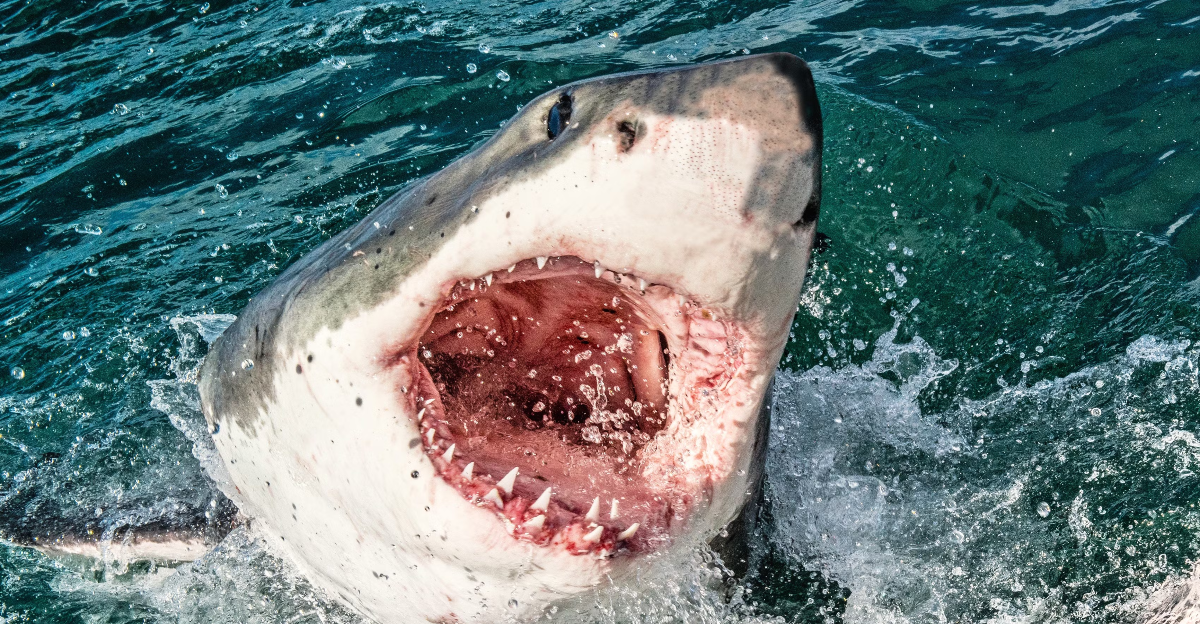
It’s a common misconception that shark hotspots are just warm, tropical beaches where sharks lurk. But the truth is much more complex. A confluence of ecological elements, including salinity, water temperature, prey abundance, and patterns of human activity, causes these hotspots to form.
By boosting baitfish populations or upsetting natural habitats, coastal urbanization and fishing methods may unintentionally draw sharks closer to the coast. Public safety and marine conservation both depend on an understanding of these dynamics. This article identifies unexpected shark hotspots in the United States and offers beachgoers helpful safety advice for this summer by utilizing data from NOAA, the International Shark Attack File, and ecological studies.
1. Florida’s New Smyrna Beach: The Danger Zone for Surfers
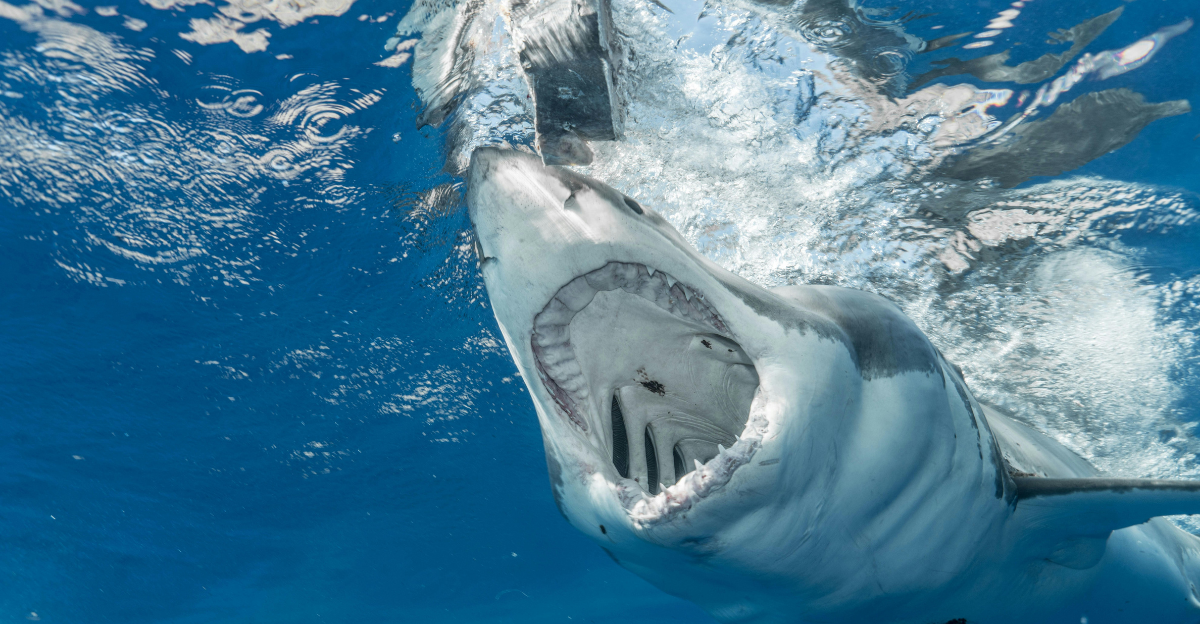
With more than 300 shark bites reported since the 1800s, New Smyrna Beach has earned its moniker as the “Shark Bite Capital of the World.” Blacktip sharks, which are inquisitive and frequently confuse surfers’ movements for prey, are involved in the majority of bites. Sharks are drawn to shallow waters where people swim and surf because of the beach’s unusual topography, which concentrates baitfish near the shore. Even though there are a lot of bites, most injuries are minor, and fatalities are very uncommon.
Mistaken identity bites can also be avoided by avoiding splashing and donning bright swimwear or wetsuits. To keep tourists safe, local authorities have stepped up lifeguard vigilance and instituted educational programs. Comprehending the ecological rationale behind this hotspot facilitates coexistence and demythologizes shark behavior.
2. Hamptons Great Whites in Montauk, New York
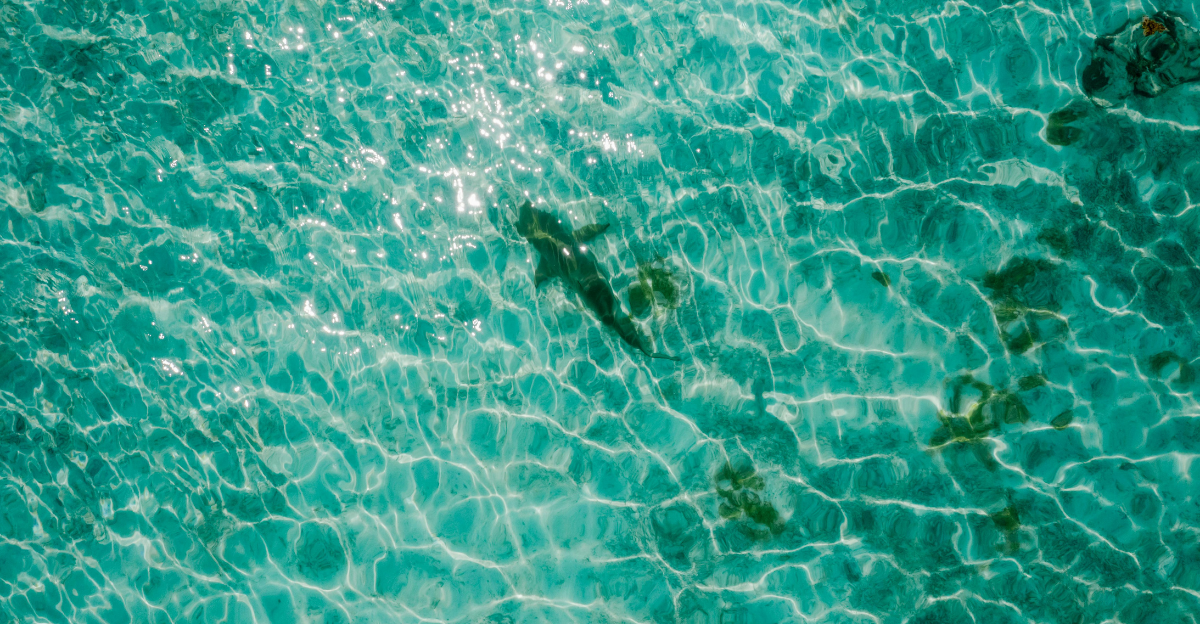
Despite the widespread assumption that great white sharks steer clear of colder northern waters, Montauk has emerged as a hotspot for these predators. A healthy seal population and warming Atlantic currents have made the area a prime hunting area for great white sharks. Sightings have increased recently, with reports of encounters near well-known beaches prompting temporary closures and increased public awareness.
The rise in shark populations is also a result of more general ecological changes brought on by climate change, which is extending the range of many marine animals. During peak feeding times at dawn and dusk, visitors should stay out of the water, heed local advisories, and refrain from swimming near seal colonies.
3. The Legend of the Freshwater Shark at Matawan Creek, New Jersey
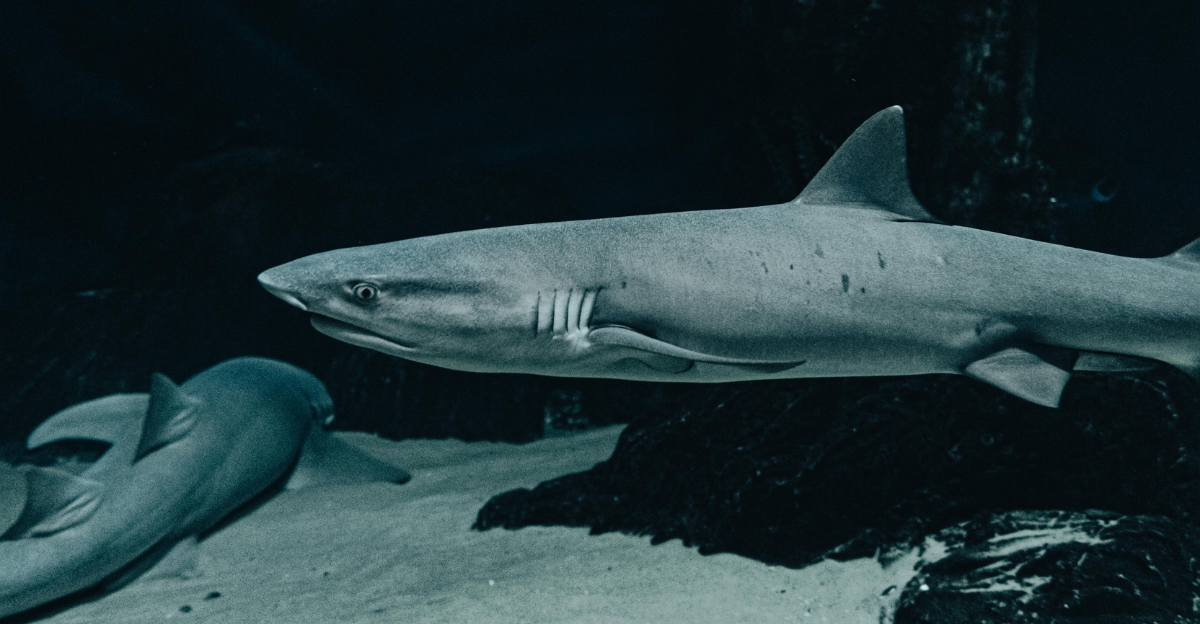
One of the most remarkable shark-related incidents in American history is still the 1916 attacks in Matawan Creek. The long-held belief that sharks only live in the ocean was called into question when these attacks took place in brackish water miles inland. Given its reputation for surviving in freshwater, the species most likely involved was a bull shark.
This event transformed scientific knowledge of shark behavior and habitat range in addition to serving as the inspiration for the book and movie Jaws. Even though these freshwater incursions are uncommon nowadays, they serve as a reminder that sharks can show up in unexpected places. During the summer, public safety officials advise against swimming in murky or low-salinity waters and to heed local wildlife advisories.
4. Massachusetts’s Cape Cod: The Great White Resurrection
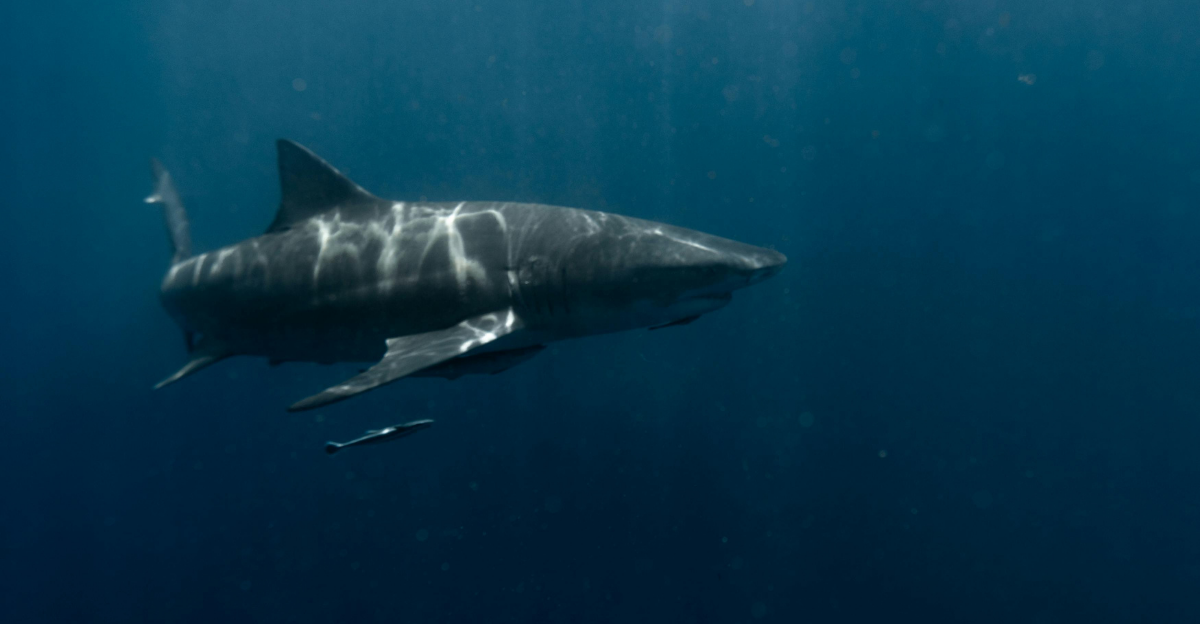
With the recovery of seal populations, which are protected by the Marine Mammal Protection Act, Cape Cod has seen an impressive ecological recovery. After being absent for decades, great white sharks have returned to the area as a result of this recovery. The cold waters and rocky coastline of the Cape serve as the sharks’ hunting grounds, and they mainly target seals.
Increased shark sightings and a few non-fatal bites have resulted from this resurgence, which has prompted local authorities to put new safety measures in place, such as drone surveillance and public awareness campaigns. The example of Cape Cod demonstrates the difficulty of balancing human safety and conservation success. Surfers and swimmers should heed posted warnings, stay informed about beach closures, and refrain from swimming close to seal haul-outs.
5. California’s Orange County: Urban Beaches and Shark Activity
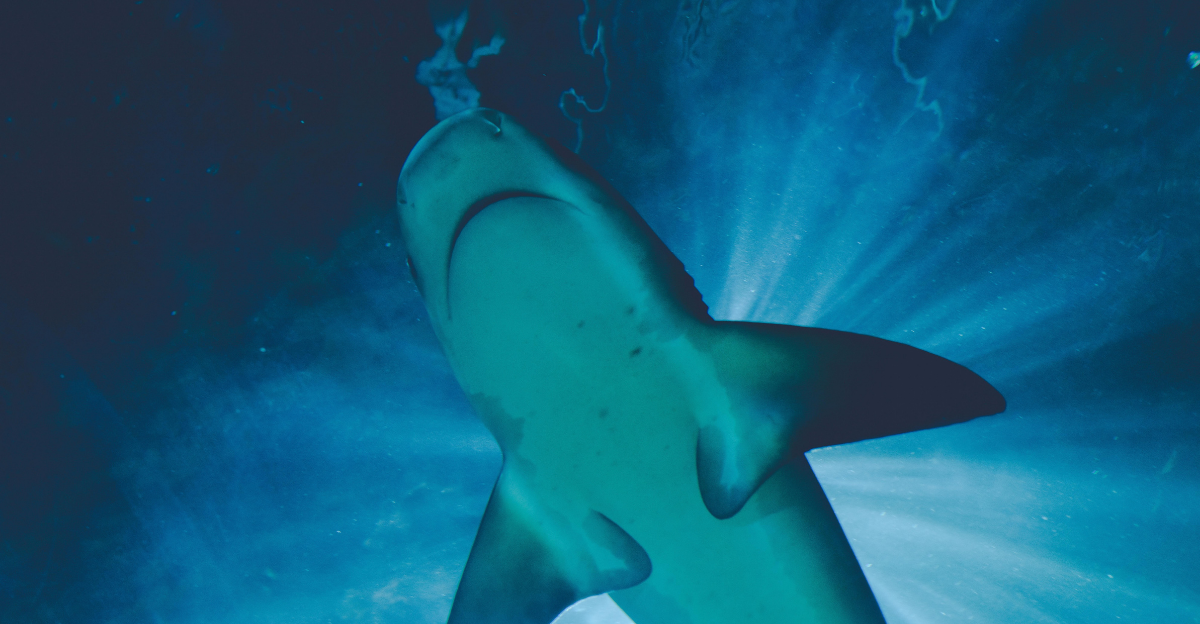
Beaches in Orange County, like Huntington and Newport, dispel the myth that sharks stay away from densely populated or urbanized areas. Due to the abundance of prey, such as seals and sea lions, which flourish in spite of urban pressures, great white sharks have been observed closer to the coast more frequently. Shark behavior may also be influenced by local runoff and fishing activities, drawing them nearer to beaches.
In response, lifeguards have stepped up patrols and started using drones to track shark movements in real time. It is recommended that beachgoers avoid swimming alone, particularly at dawn and dusk, and avoid fishing piers where baitfish gather. This hotspot emphasizes how crucial it is to combine public education with technology in order to manage shark-human interactions in urban coastal environments safely.
6. Unexpected Shark Presence in the Gulf of Mexico’s Galveston

Numerous shark species, including bull sharks, which are well-known for their violent tendencies and adaptability to both brackish and freshwater habitats, can be found in Galveston’s warm Gulf waters. Bull sharks, which hunt prey and occasionally come into contact with swimmers and fishermen, have been linked to a number of incidents near estuaries and river mouths.
To inform the public about shark behavior and the need to stay away from high-risk locations like fishing piers and murky waters, local authorities have started awareness campaigns. Always pay attention to posted warnings and steer clear of swimming alone or during shark peak activity, which is usually at dawn and dusk. Galveston is a prime example of how shark hazards can be substantial even in unexpected Gulf environments.
7. A Developing Shark Habitat on Hilton Head Island, South Carolina

Because of changes in local fish populations and increased coastal development, Hilton Head Island is becoming a shark hotspot. Due to habitat changes and increased prey availability, tiger and bull shark sightings have increased in the island’s estuaries and surf zones. Due to the island’s popularity as a vacation spot, more swimmers and surfers are at risk of coming into contact with sharks.
Experts advise people to avoid swimming in the early morning and late evening, to avoid fishing areas, and to avoid murky or disturbed waters where sharks hunt. The situation at Hilton Head emphasizes the need for sustainable coastal management and public education by demonstrating how human development can unintentionally change marine ecosystems and increase shark-human interactions.
8. The Paradox of a Tourist Paradise: Oahu, Hawaii
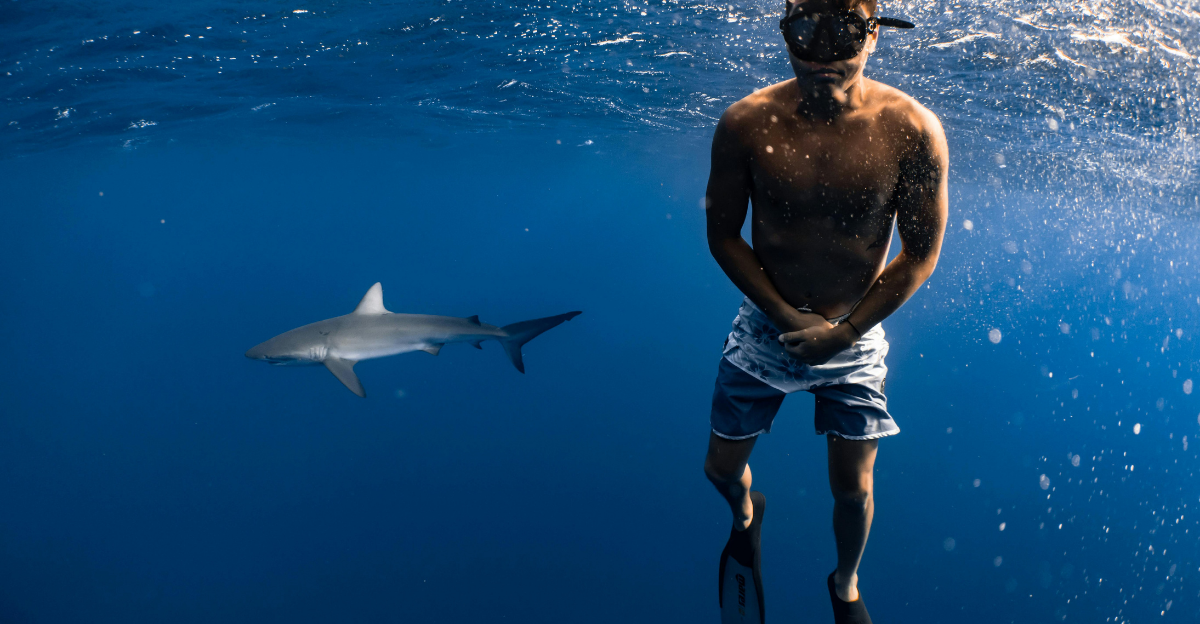
Hawaii’s most populous island, Oahu, is known for its world-class surfing and gorgeous beaches, but it also sees a significant number of shark bites each year, most of which are from tiger sharks. Hawaiian sharks frequently patrol shallow reef areas, which increases the likelihood of encounters with swimmers and surfers, in contrast to mainland hotspots.
Despite the dangers, deadly assaults are still uncommon, and local government agencies continue to run extensive monitoring and public awareness campaigns. Visitors should heed warning signs, stay away from murky waters, and refrain from swimming close to river mouths. The delicate balance between tourism, local culture, and the presence of marine predators is exemplified by the paradox of Oahu.
9. Jacksonville Beach, Florida: Northeast Florida’s Increasing Risk

Many people associate Florida’s shark risk primarily with beaches on the southern Atlantic or Gulf coasts, so it is surprising that Jacksonville Beach has recently seen a notable increase in shark sightings and minor bites. Blacktip and spinner sharks thrive in the region due to its warm waters, a wealth of baitfish, and rising human activity.
Essential safety measures include avoiding swimming alone, avoiding fishing areas, and not going into the water when visibility is poor. The increasing shark activity in Jacksonville Beach serves as a reminder that shark hotspots can form suddenly and quickly, necessitating alertness and flexible safety measures.







